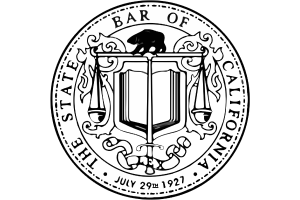There are different ways a person can challenge their conviction and seek post-conviction relief. In the past few years, the California legislature has made significant changes to the state’s sentencing laws in an effort to rectify the devastating results caused by the state’s tough on crime policies, which have led to harsh and excessively punitive…
Continue reading ›Immediate Response!









